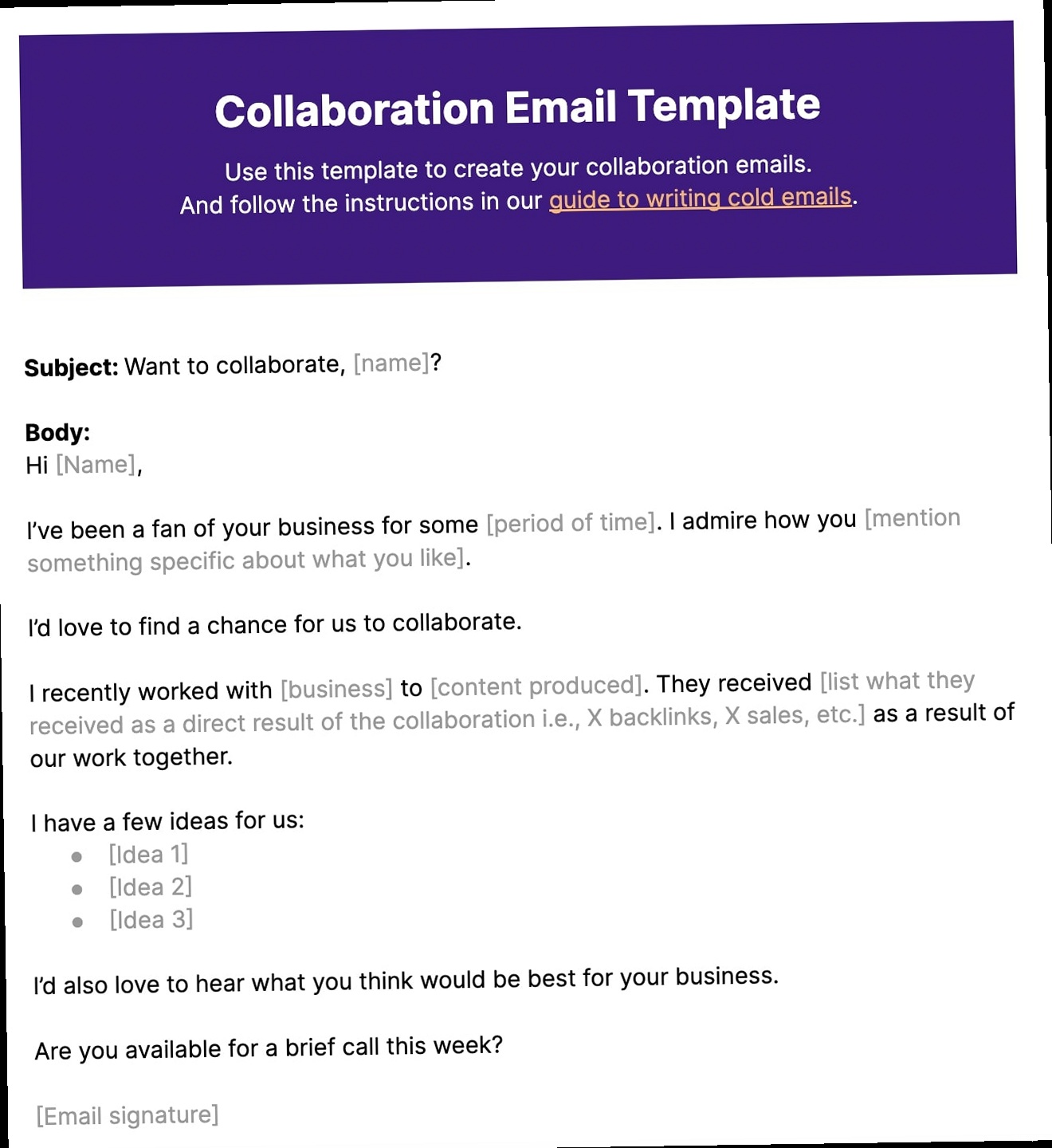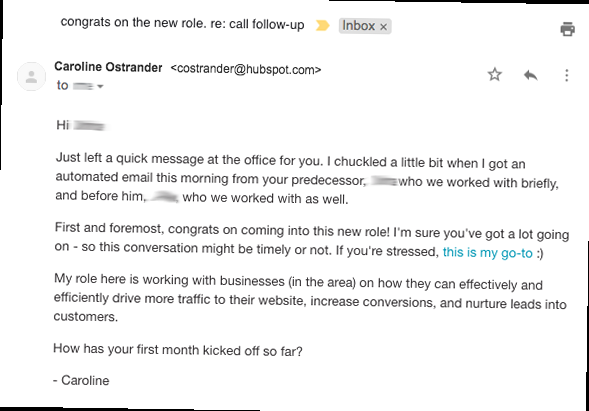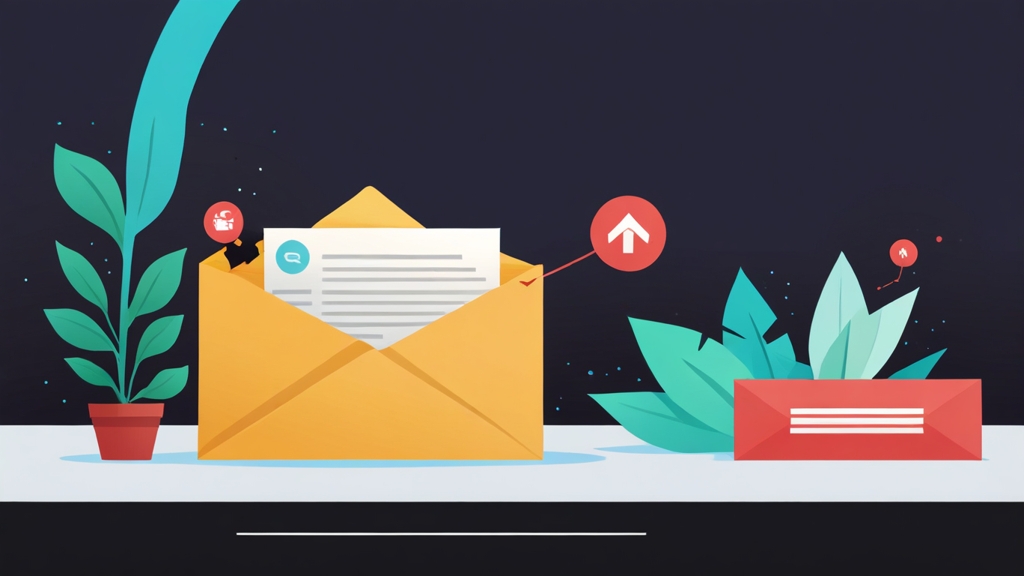Avoiding Spam Filters and Maintaining a Good Reputation
- Use a Professional Email Address: Avoid using free email addresses like Gmail or Yahoo for cold outreach. Use an email address associated with your company’s domain.
- Authenticate Your Email: Set up SPF, DKIM, and DMARC records to verify that your emails are legitimate.
- Avoid Trigger Words: Steer clear of words that are commonly associated with spam, such as “free,” “urgent,” or “guaranteed.”
- Provide an Unsubscribe Link: Include an unsubscribe link in every email to comply with anti-spam laws and give recipients a way to opt out.
- Monitor Your Reputation: Use tools like Google Postmaster Tools to monitor your domain’s reputation and identify any deliverability issues.
v=spf1 include:_spf.google.com ~allAvoiding Spam Filters and Maintaining a Good Reputation
- Use a Professional Email Address: Avoid using free email addresses like Gmail or Yahoo for cold outreach. Use an email address associated with your company’s domain.
- Authenticate Your Email: Set up SPF, DKIM, and DMARC records to verify that your emails are legitimate.
- Avoid Trigger Words: Steer clear of words that are commonly associated with spam, such as “free,” “urgent,” or “guaranteed.”
- Provide an Unsubscribe Link: Include an unsubscribe link in every email to comply with anti-spam laws and give recipients a way to opt out.
- Monitor Your Reputation: Use tools like Google Postmaster Tools to monitor your domain’s reputation and identify any deliverability issues.
v=spf1 include:_spf.google.com ~allAvoiding Spam Filters and Maintaining a Good Reputation
- Use a Professional Email Address: Avoid using free email addresses like Gmail or Yahoo for cold outreach. Use an email address associated with your company’s domain.
- Authenticate Your Email: Set up SPF, DKIM, and DMARC records to verify that your emails are legitimate.
- Avoid Trigger Words: Steer clear of words that are commonly associated with spam, such as “free,” “urgent,” or “guaranteed.”
- Provide an Unsubscribe Link: Include an unsubscribe link in every email to comply with anti-spam laws and give recipients a way to opt out.
- Monitor Your Reputation: Use tools like Google Postmaster Tools to monitor your domain’s reputation and identify any deliverability issues.
v=spf1 include:_spf.google.com ~allAvoiding Spam Filters and Maintaining a Good Reputation
- Use a Professional Email Address: Avoid using free email addresses like Gmail or Yahoo for cold outreach. Use an email address associated with your company’s domain.
- Authenticate Your Email: Set up SPF, DKIM, and DMARC records to verify that your emails are legitimate.
- Avoid Trigger Words: Steer clear of words that are commonly associated with spam, such as “free,” “urgent,” or “guaranteed.”
- Provide an Unsubscribe Link: Include an unsubscribe link in every email to comply with anti-spam laws and give recipients a way to opt out.
- Monitor Your Reputation: Use tools like Google Postmaster Tools to monitor your domain’s reputation and identify any deliverability issues.
v=spf1 include:_spf.google.com ~all- Subject Line A: “Quick question about your marketing strategy, [Company Name]”
- Subject Line B: “Increase your marketing ROI by X%, [Company Name]”
Personalizing Your Email Beyond the Name

Research is Key
- Company Website: Understand their products/services, mission, and values.
- LinkedIn: Learn about the recipient’s role, experience, and interests. Check for shared connections.
- Industry News: Stay informed about their industry and any recent developments related to their company.
- Blog Posts/Articles: Read content authored by the recipient or their company to gain insights into their thought leadership and priorities.
How to Incorporate Personalization
- Reference Specific Content: “I read your recent blog post on [topic] and found your insights on [specific point] particularly interesting.”
- Acknowledge Recent Achievements: “Congratulations on winning the [award] for [achievement]!”
- Mention Mutual Connections: “I noticed we’re both connected to [mutual connection name].”
- Tailor Your Value Proposition: Explain how your product or service directly addresses their specific needs based on your research.
Crafting a Compelling Offer and Clear Call to Action
Even the most personalized email will fall flat if it doesn’t offer something of value and guide the recipient on what to do next. Your offer should be relevant to their needs and your call to action should be clear and concise.Defining Your Value Proposition
- Focus on Benefits, Not Features: Highlight how your product or service solves a problem or improves their situation, rather than simply listing its features.
- Quantify Your Results: Use data and metrics to demonstrate the impact you can have.
- Keep it Concise: Clearly articulate your value proposition in one or two sentences.
Examples of Compelling Offers
- Free Consultation: “I’d be happy to offer a free 30-minute consultation to discuss your marketing challenges and how Acme Corp can help.”
- Free Trial: “Sign up for a free 14-day trial of our software and experience the benefits firsthand.”
- Exclusive Discount: “As a new client, you’re eligible for a 10% discount on your first project.”
- Valuable Resource: “I’ve attached a guide on [topic] that I think you’ll find helpful.”
Crafting a Clear Call to Action (CTA)
- Be Specific: Tell the recipient exactly what you want them to do.
- Use Action Verbs: Start your CTA with a strong action verb, such as “Schedule,” “Download,” or “Learn More.”
- Make it Easy to Respond: Provide a direct link or a clear email address.
- Keep it Short: Aim for a CTA that is one sentence or less.
- “Schedule a 15-minute call to discuss your needs: [link]”
- “Download our free ebook on [topic]: [link]”
- “Reply to this email to learn more.”
Following Up Effectively and Avoiding Being Spammy
A single email rarely yields results. Following up is essential to increase your chances of getting a response. However, it’s crucial to follow up in a way that’s helpful, not annoying. Avoid being overly persistent or spammy.Best Practices for Following Up
- Timing: Wait 3-5 business days before sending your first follow-up.
- Add Value: Don’t just resend the same email. Provide additional information, offer a different perspective, or share a relevant resource.
- Keep it Brief: Follow-up emails should be even shorter than your initial email.
- Change the Subject Line: Use a new subject line to pique their interest.
- Respect Their Decision: If they don’t respond after a few follow-ups, stop contacting them. Consider adding them to a different list for future nurturing.
Examples of Follow-Up Emails
Follow-up Email 1 (3-5 days after initial email): Subject: Following up on [Subject of initial email] Hi [Name], Just wanted to bump this to the top of your inbox. I understand you’re busy, but I thought you might find [brief, valuable information or resource] helpful in addressing [pain point]. Let me know if you have any questions. Best, [Your Name] Follow-up Email 2 (5-7 days after Follow-up Email 1): Subject: Quick thought on [Topic] Hi [Name], I was thinking about [Industry Trend or Challenge] and how it might impact [Prospect’s Company]. We’ve helped other companies in your industry overcome this by [briefly explain solution]. Would you be open to a quick chat to explore this further? Best, [Your Name]Avoiding Spam Filters and Maintaining a Good Reputation
- Use a Professional Email Address: Avoid using free email addresses like Gmail or Yahoo for cold outreach. Use an email address associated with your company’s domain.
- Authenticate Your Email: Set up SPF, DKIM, and DMARC records to verify that your emails are legitimate.
- Avoid Trigger Words: Steer clear of words that are commonly associated with spam, such as “free,” “urgent,” or “guaranteed.”
- Provide an Unsubscribe Link: Include an unsubscribe link in every email to comply with anti-spam laws and give recipients a way to opt out.
- Monitor Your Reputation: Use tools like Google Postmaster Tools to monitor your domain’s reputation and identify any deliverability issues.
v=spf1 include:_spf.google.com ~allCrafting Effective Cold Emails: A Practical Guide with Samples
Cold emailing can be a powerful tool for lead generation, networking, and building relationships, but only if done right. Sending generic, impersonal emails is a surefire way to get ignored or marked as spam. This article provides a practical guide to crafting effective cold emails, complete with sample write-ups and strategies to improve your response rates. We’ll delve into subject line optimization, personalization techniques, crafting compelling offers, and following up effectively.
Crafting Compelling Subject Lines That Get Opened

Examples of Effective Subject Lines
- [Prospect Name], see how [your company] can help with [specific problem]
- [Mutual connection] suggested we connect about [topic]
- [Number] ways to improve [prospect’s area of responsibility]
- Question about [Prospect’s Company] & [relevant industry trend]
- Quick win for [Prospect’s Company]?
Subject Line Don’ts
- Avoid ALL CAPS: IT LOOKS LIKE SPAM.
- Avoid excessive punctuation: !!!!
- Don’t make false promises: “RE: Urgent” when it’s not.
- Don’t be too salesy or generic: “Best Product Ever!”
- Subject Line A: “Quick question about your marketing strategy, [Company Name]”
- Subject Line B: “Increase your marketing ROI by X%, [Company Name]”
Personalizing Your Email Beyond the Name

Research is Key
- Company Website: Understand their products/services, mission, and values.
- LinkedIn: Learn about the recipient’s role, experience, and interests. Check for shared connections.
- Industry News: Stay informed about their industry and any recent developments related to their company.
- Blog Posts/Articles: Read content authored by the recipient or their company to gain insights into their thought leadership and priorities.
How to Incorporate Personalization
- Reference Specific Content: “I read your recent blog post on [topic] and found your insights on [specific point] particularly interesting.”
- Acknowledge Recent Achievements: “Congratulations on winning the [award] for [achievement]!”
- Mention Mutual Connections: “I noticed we’re both connected to [mutual connection name].”
- Tailor Your Value Proposition: Explain how your product or service directly addresses their specific needs based on your research.
Crafting a Compelling Offer and Clear Call to Action
Even the most personalized email will fall flat if it doesn’t offer something of value and guide the recipient on what to do next. Your offer should be relevant to their needs and your call to action should be clear and concise.Defining Your Value Proposition
- Focus on Benefits, Not Features: Highlight how your product or service solves a problem or improves their situation, rather than simply listing its features.
- Quantify Your Results: Use data and metrics to demonstrate the impact you can have.
- Keep it Concise: Clearly articulate your value proposition in one or two sentences.
Examples of Compelling Offers
- Free Consultation: “I’d be happy to offer a free 30-minute consultation to discuss your marketing challenges and how Acme Corp can help.”
- Free Trial: “Sign up for a free 14-day trial of our software and experience the benefits firsthand.”
- Exclusive Discount: “As a new client, you’re eligible for a 10% discount on your first project.”
- Valuable Resource: “I’ve attached a guide on [topic] that I think you’ll find helpful.”
Crafting a Clear Call to Action (CTA)
- Be Specific: Tell the recipient exactly what you want them to do.
- Use Action Verbs: Start your CTA with a strong action verb, such as “Schedule,” “Download,” or “Learn More.”
- Make it Easy to Respond: Provide a direct link or a clear email address.
- Keep it Short: Aim for a CTA that is one sentence or less.
- “Schedule a 15-minute call to discuss your needs: [link]”
- “Download our free ebook on [topic]: [link]”
- “Reply to this email to learn more.”
Following Up Effectively and Avoiding Being Spammy
A single email rarely yields results. Following up is essential to increase your chances of getting a response. However, it’s crucial to follow up in a way that’s helpful, not annoying. Avoid being overly persistent or spammy.Best Practices for Following Up
- Timing: Wait 3-5 business days before sending your first follow-up.
- Add Value: Don’t just resend the same email. Provide additional information, offer a different perspective, or share a relevant resource.
- Keep it Brief: Follow-up emails should be even shorter than your initial email.
- Change the Subject Line: Use a new subject line to pique their interest.
- Respect Their Decision: If they don’t respond after a few follow-ups, stop contacting them. Consider adding them to a different list for future nurturing.
Examples of Follow-Up Emails
Follow-up Email 1 (3-5 days after initial email): Subject: Following up on [Subject of initial email] Hi [Name], Just wanted to bump this to the top of your inbox. I understand you’re busy, but I thought you might find [brief, valuable information or resource] helpful in addressing [pain point]. Let me know if you have any questions. Best, [Your Name] Follow-up Email 2 (5-7 days after Follow-up Email 1): Subject: Quick thought on [Topic] Hi [Name], I was thinking about [Industry Trend or Challenge] and how it might impact [Prospect’s Company]. We’ve helped other companies in your industry overcome this by [briefly explain solution]. Would you be open to a quick chat to explore this further? Best, [Your Name]Avoiding Spam Filters and Maintaining a Good Reputation
- Use a Professional Email Address: Avoid using free email addresses like Gmail or Yahoo for cold outreach. Use an email address associated with your company’s domain.
- Authenticate Your Email: Set up SPF, DKIM, and DMARC records to verify that your emails are legitimate.
- Avoid Trigger Words: Steer clear of words that are commonly associated with spam, such as “free,” “urgent,” or “guaranteed.”
- Provide an Unsubscribe Link: Include an unsubscribe link in every email to comply with anti-spam laws and give recipients a way to opt out.
- Monitor Your Reputation: Use tools like Google Postmaster Tools to monitor your domain’s reputation and identify any deliverability issues.
v=spf1 include:_spf.google.com ~all